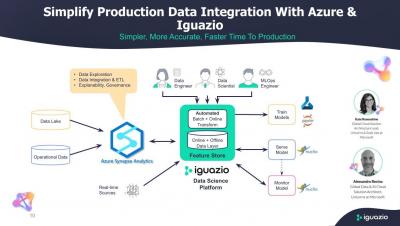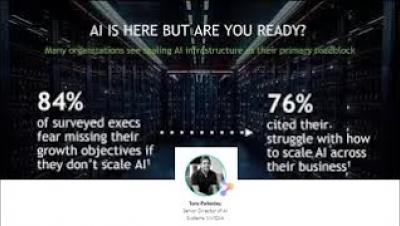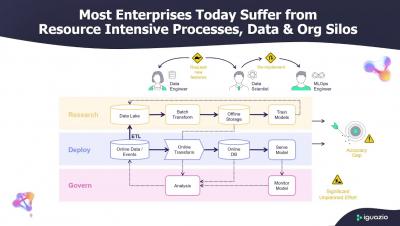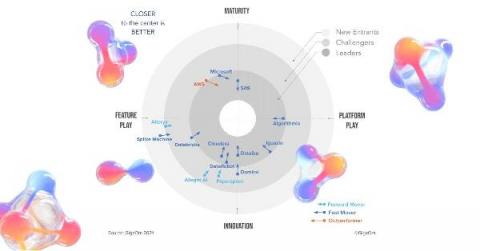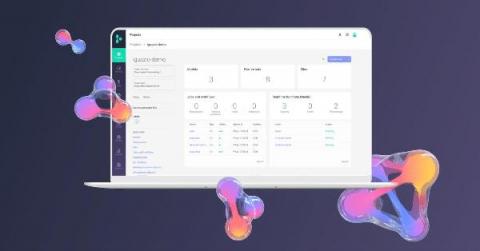Systems | Development | Analytics | API | Testing
Machine Learning
Industrializing Enterprise AI with the Right Platform - MLOps Live #9 - With NVIDIA
Simplifying Deployment of ML in Federated Cloud and Edge Environments - MLOPs Live #12 - with AWS
How Feature Stores Accelerate & Simplify Deployment of AI to Production MLOPs Live #13
The breakdown:
00:00 - Intro
02:15 - MLOps Overview
05:03 - Feature Engineering
07:44 - MLOps Workflow
10:44 - Solution: Feature Store
14:25 - Feature Store Competitive Landscape
17:03 - Features of a Feature Store
21:01 - CTO: Feature Store Sneakpeak
25:55 - Python Code example
27:57 - ML Pipeline example
30:07 - Covid-19 Patient Deterioration
33:26 - LIVE DEMO
52:45 - QA
Iguazio Named A Fast Moving Leader by GigaOm in the 'Radar for MLOps' Report
At Iguazio, we’ve spoken and written at length about the challenges of bringing data science to production. The complexity of operationalizing ML can generate huge costs in terms of work hours and compute resources, especially as successful projects get scaled up and expanded. We’re proud to share that the Iguazio Data Science Platform has been named a fast moving leader in the GigaOm Radar for MLOps report.
Announcing Iguazio Version 3.0: Breaking the Silos for Faster Deployment
We’re delighted to announce the release of the Iguazio Data Science Platform version 3.0. Data Engineers and Data Scientists can now deploy their data pipelines and models to production faster than ever with features that break down silos between Data Scientists, Data Engineers and ML Engineers and give you more deployment options . The development experience has been improved, offering better visibility of the artifacts and greater freedom of choice to develop with your IDE of choice.
AI/ML without DataOps is just a pipe dream!
Let’s start with a real-world example from one of my past machine learning (ML) projects: We were building a customer churn model. “We urgently need an additional feature related to sentiment analysis of the customer support calls.” Creating the data pipeline to extract this dataset took about 4 months! Preparing, building, and scaling the Spark MLlib code took about 1.5-2 months!
Deep Learning with Nvidia GPUs in Cloudera Machine Learning
In our previous blog post in this series, we explored the benefits of using GPUs for data science workflows, and demonstrated how to set up sessions in Cloudera Machine Learning (CML) to access NVIDIA GPUs for accelerating Machine Learning Projects.
DataOps, AIOps, and MLOPs
Over the past several years, there has been an explosion of different terms related to the world of IT operations. Not long ago, it was standard practice to separate business functions from IT operations. But those days are a distant memory now, and for good reason.


